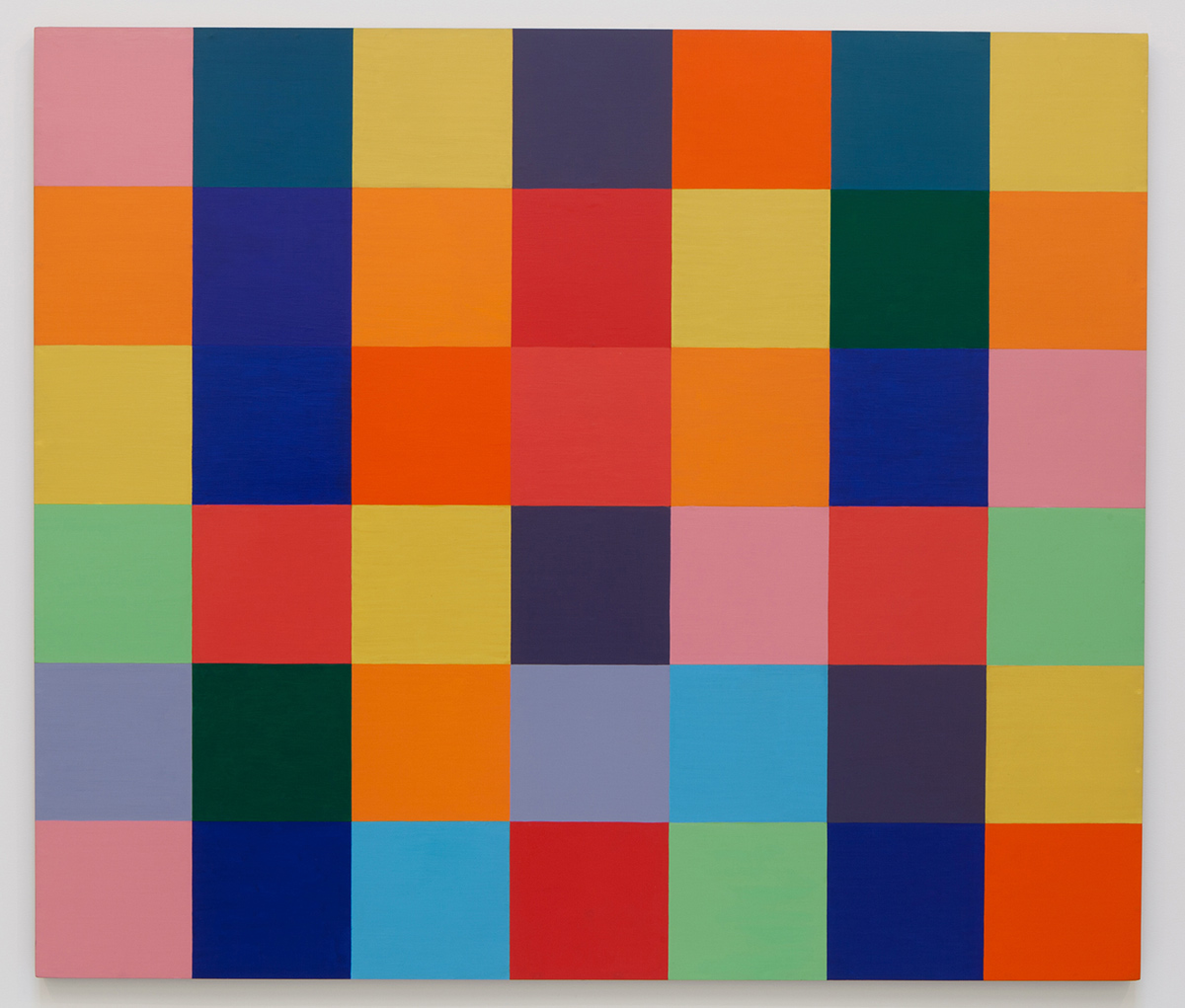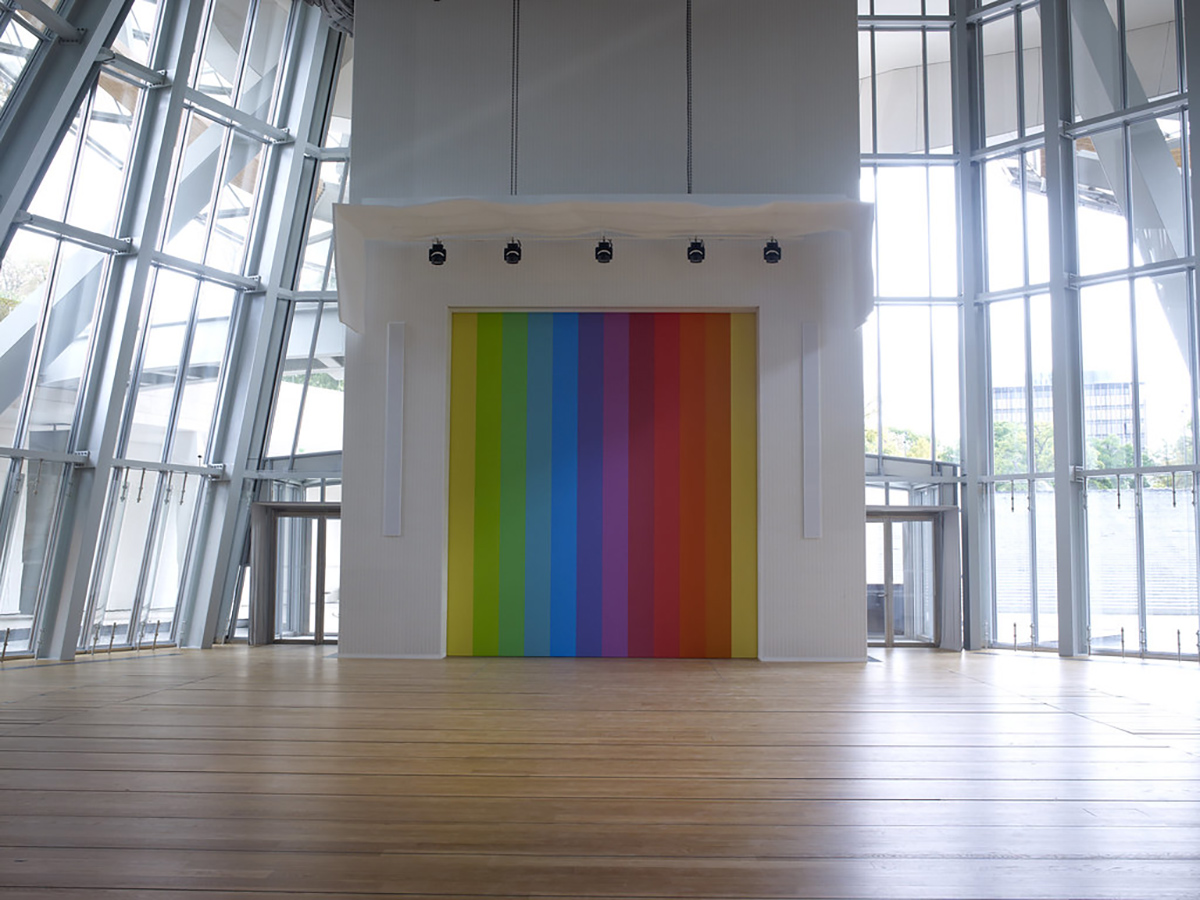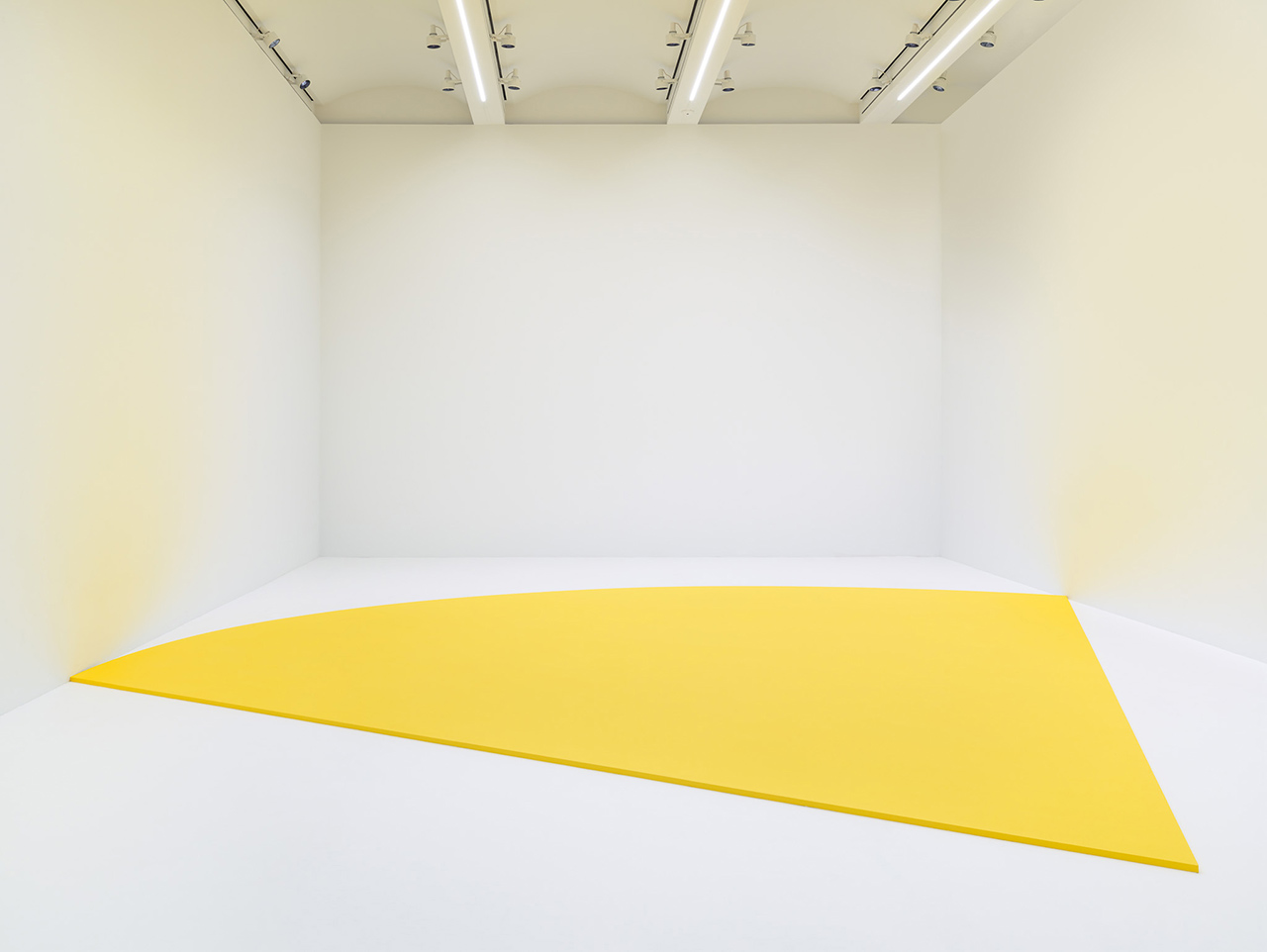ART CITIES: Paris-Ellsworth Kelly
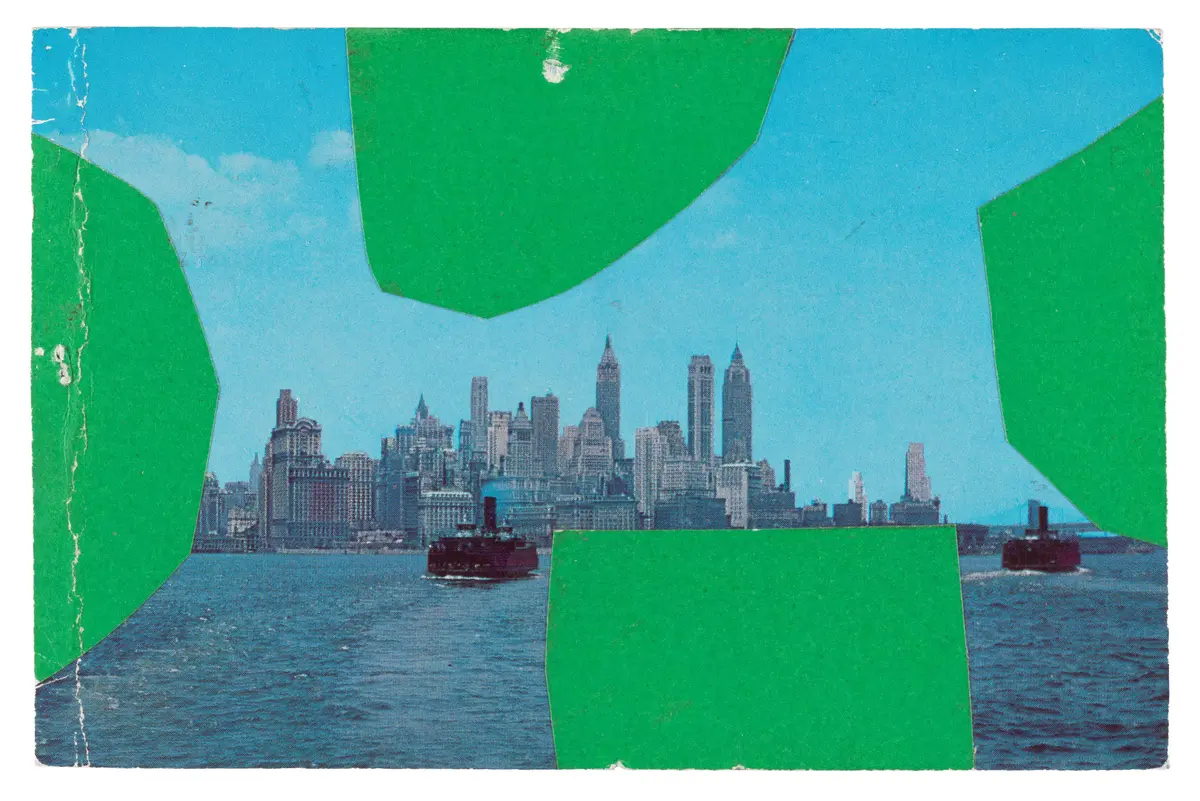 Born in Newburgh, New York, in 1923, Ellsworth Kelly showed an early interest in nature, often reminiscing later in life about the striking hues he encountered while birdwatching as a child. This sensitive eye for color and form, and keen understanding of the world he observed around him, served as the foundation for a lifetime of creativity and exploration. From his earliest work, Kelly developed and refined a visual vocabulary characterized by reduction rather than gesture. His uniformly painted planes of color offered a distinct counterpoint to the spontaneous, expressive techniques of his contemporaries and charted a new path in American abstraction. A tireless innovator, Kelly created new work until his passing in Spencertown, New York, in 2015.
Born in Newburgh, New York, in 1923, Ellsworth Kelly showed an early interest in nature, often reminiscing later in life about the striking hues he encountered while birdwatching as a child. This sensitive eye for color and form, and keen understanding of the world he observed around him, served as the foundation for a lifetime of creativity and exploration. From his earliest work, Kelly developed and refined a visual vocabulary characterized by reduction rather than gesture. His uniformly painted planes of color offered a distinct counterpoint to the spontaneous, expressive techniques of his contemporaries and charted a new path in American abstraction. A tireless innovator, Kelly created new work until his passing in Spencertown, New York, in 2015.
By Dimitris Lempesis
Photo: Fondation Louis Vuitton Archive
To celebrate the centenary of Ellsworth Kelly’s birth, “Shapes and Colors, 1949-2015” is the first exhibition in France to offer a broad overview of the work of this significant artist of the second half of the 20th century – both in terms of its chronology and in terms of the media on display. The exhibition brings together more than 100 works: paintings and sculptures as well as drawings, photographs and collages. In the 1950s, Ellsworth Kelly decided that he wanted to go beyond painting’s usual format. For him, seeing happened in space, between the painting and the eye, and the work’s scale came from the architecture. The wall – as a background onto which he placed a form – is a component. The formats of “Spectrum IX” (2014) and “White Form” (2012) attest to this. The polyptych “Color Panels for a Large Wall II” (1978) was created in parallel with a monumental commission, which was similar but three times larger; it is now installed in the East Building Atrium of the National Gallery of Art in Washington, DC. Kelly painted the version shown here at the scale of his studio, to ensure he had an overview of the entire production process. After graduating from the School of the Museum of Fine Arts in Boston, where he was introduced to modern art’s major developments, Ellsworth Kelly left for Paris in 1948. He spent six years in France, a fundamental period for his work. Neither expressionist nor ordered by any system, the abstract language that he devised drew on his immediate environment (such as an architectural detail, a fragment, a passing shadow, or a reflection); he also relied on chance. Although he forged links with the prewar generation (Jean Arp, Constantin Brancusi, Alexander Calder, Georges Vantongerloo), his works are completely unique, with their origins in reality and ambiguity; they are simultaneously objects and paintings. Kelly produced his first monochrome in France, inspired by a visit to Claude Monet’s studio and garden in Giverny (“Tableau Vert”, 1952). And it was in the south of the country that he created some of his most accomplished chromatic experiments, playing with chance and using relief (“Méditerranée”, 1951-1952). On his return to the United States, the vivid palette, crisp shapes, and singular formats he had developed became the basis of his work. His work was out of step with the Abstract Expressionism then dominant. His work is fluid, but never improvised; it was always carefully constructed in advance. From the moment he returned to the United States in 1954, Ellsworth Kelly reduced his forms to the essential while also limiting his palette. Drawing on a now vast repertoire, he produced deceptively simple compositions, moving easily from painting to sculpture. His paintings, whether joined panels or shaped canvases, incorporate the wall as an element in the composition. In the mid 1960s, Kelly’s work was considered in the context of Minimal Art’s evolution. A precursor to this movement, his work stands apart in its particular sensitivity, a quality heightened by the almost musical harmony between shapes and colors. “Yellow Curve” (1990) was initially conceived for the art center Portikus in Frankfurt. The dimensions of the space dictated those of the work: here, both are recreated. Kelly was again exploring the links between his painting and the environment it shares with visitors. But he changed one of painting’s expected parameters: it was no longer on the wall, but on the floor. With this shift, he multiplied the sensations elicited by his form and color. The saturated yellow of the curved section radiates into space. Ellsworth Kelly’s relationship with architecture is multifaceted. Like nature, architecture is an inexhaustible source of forms and inspiration in the evolution of his work. But it is also its context. Kelly always thought of his painting as not bounded by the limits of the canvas. His paintings are colors and forms and, as he said in 1995, “the wall is the ground.” Thus, on his arrival in France in 1948, his interest in avant-garde painting was matched by his passion for ancient architecture and the painting and sculpture connected to it. As well as visiting as many Romanesque churches as he could, he met Hans Arp, Georges Vantongerloo, and Constantin Brancusi. “I am not interested in painting as it has been accepted for so long – to hang on the walls of houses as pictures. To hell with pictures – they should be the wall,” he wrote to John Cage in 1950. Le Corbusier, whose use of color in his “Unité d’habitation (Cité Radieuse)” Kelly had praised, said of the artist’s work: “This kind of painting needs the architecture to go with it.” The program for the Auditorium of the Fondation Louis Vuitton was the final commission Ellsworth Kelly completed during his lifetime. Explaining his photography practice, which began in France in the early 1950s, Kelly said, “Photography is for me a way of seeing things from another angle. I like the idea of the interplay of two and three dimensions. My photographs are simply records of my vision, how I see things. My ideas develop from seeing, not from the photographs.” While it is not possible to link any particular photograph to a painting or sculpture, the images are exceptional testaments to his eye, to the way in which he stopped to consider the world. The many drawings of plants that Ellsworth Kelly produced throughout his life are testament to his fascination with nature. Free from any suggestion of background or context, and without depth, these plant “portraits” are neither figurative nor abstract. From 1949, Kelly eliminated every trace of brushwork, and so these drawings represent rare moments when he allowed his hand to be visible. Ellsworth Kelly began using postcards as a medium for collage during his stay in France. By 2005, he had produced around four hundred – some were addressed to friends and family, while others remained in the studio. This production is marked by the diversity of its sources and materials. There is no boundary between abstraction and figuration; investigations and humor mix with the personal. Today, Kelly’s postcards remain missives capturing his creative process.
Photo: Ellsworth Kelly, Upper Manhattan Bay, 1957, Collage on postcards , 8.6 x 13 cm, Private Collection, © Ellsworth Kelly Foundation
Info: Head curator: Suzanne Pagé, Curators: Emily Wei Rales, Nora Severson Cafritz, Yuri Stone, Curator for the presentation in Paris: Olivier Michelon, assisted by Clotilde Monroe, Fondation Louis Vuitton, 8 av. du Mahatma Gandhi, Paris, France, Duration: 4/5-9/9/2024, Days & Hours: Mon, Wed-Thu & Sat 11:00-20:00, Fri 11:00-21:00, Sun 10:00-20:00, www.fondationlouisvuitton.fr/
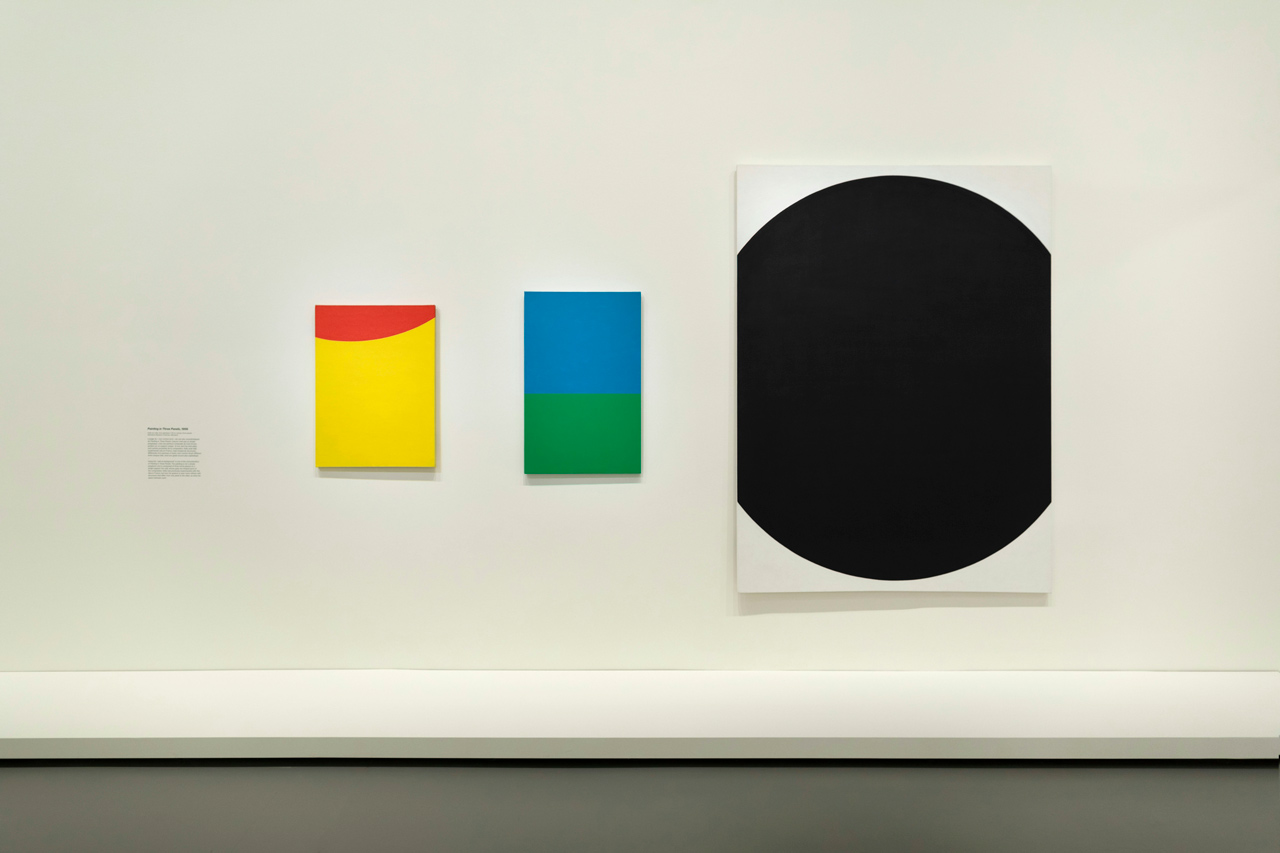
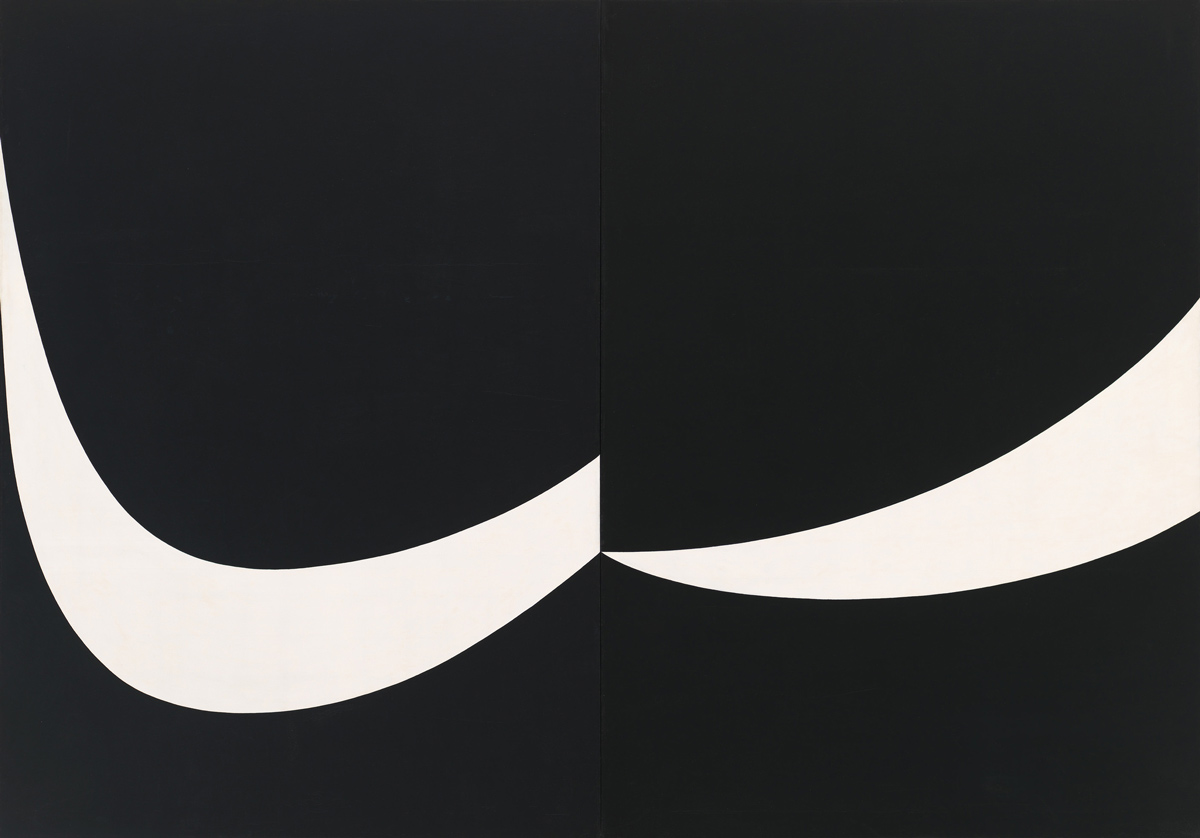
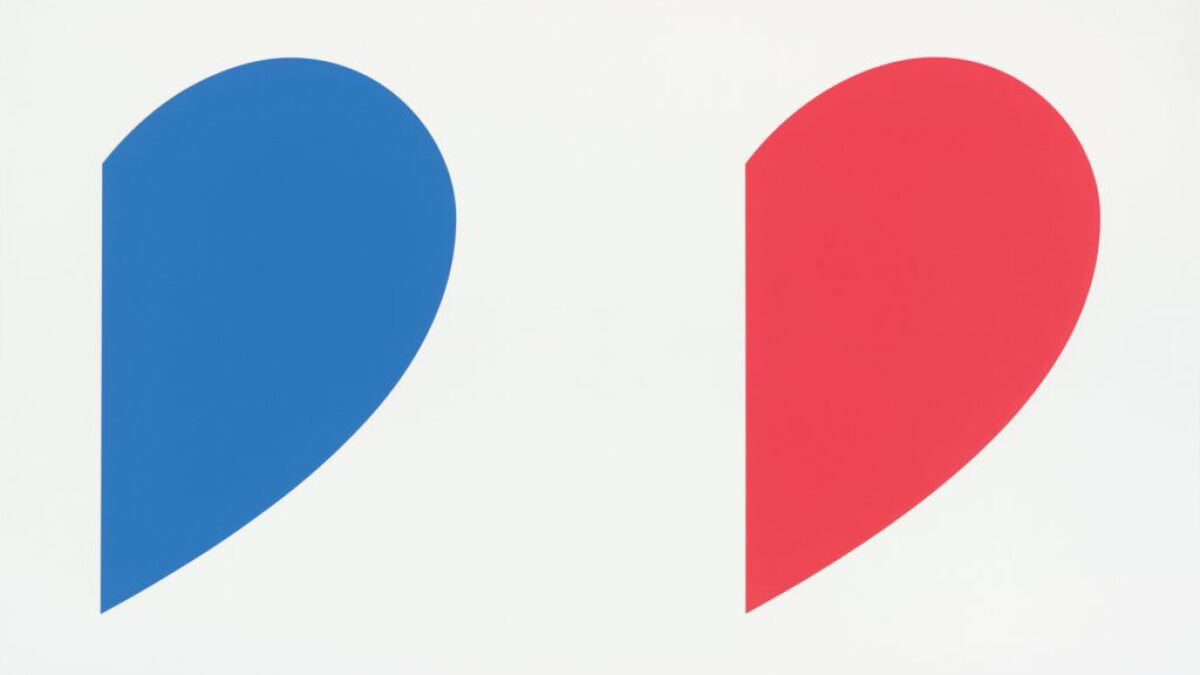
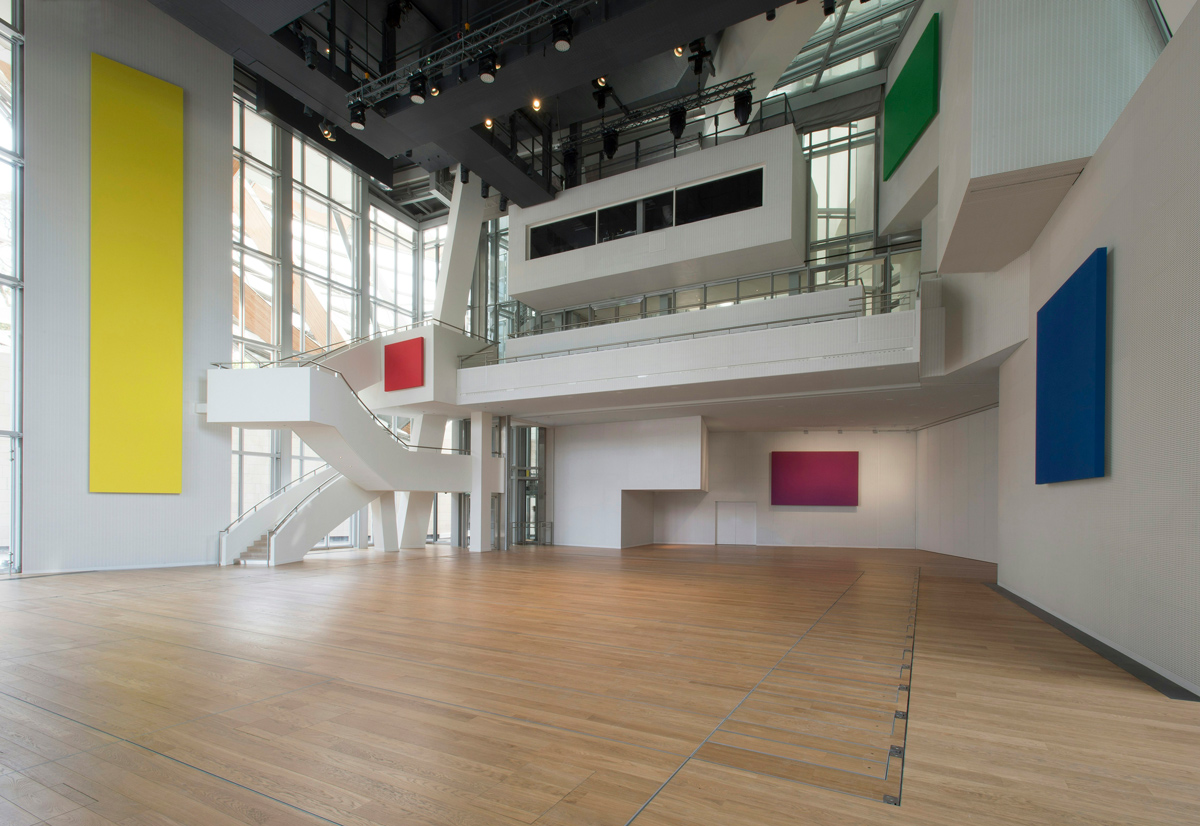
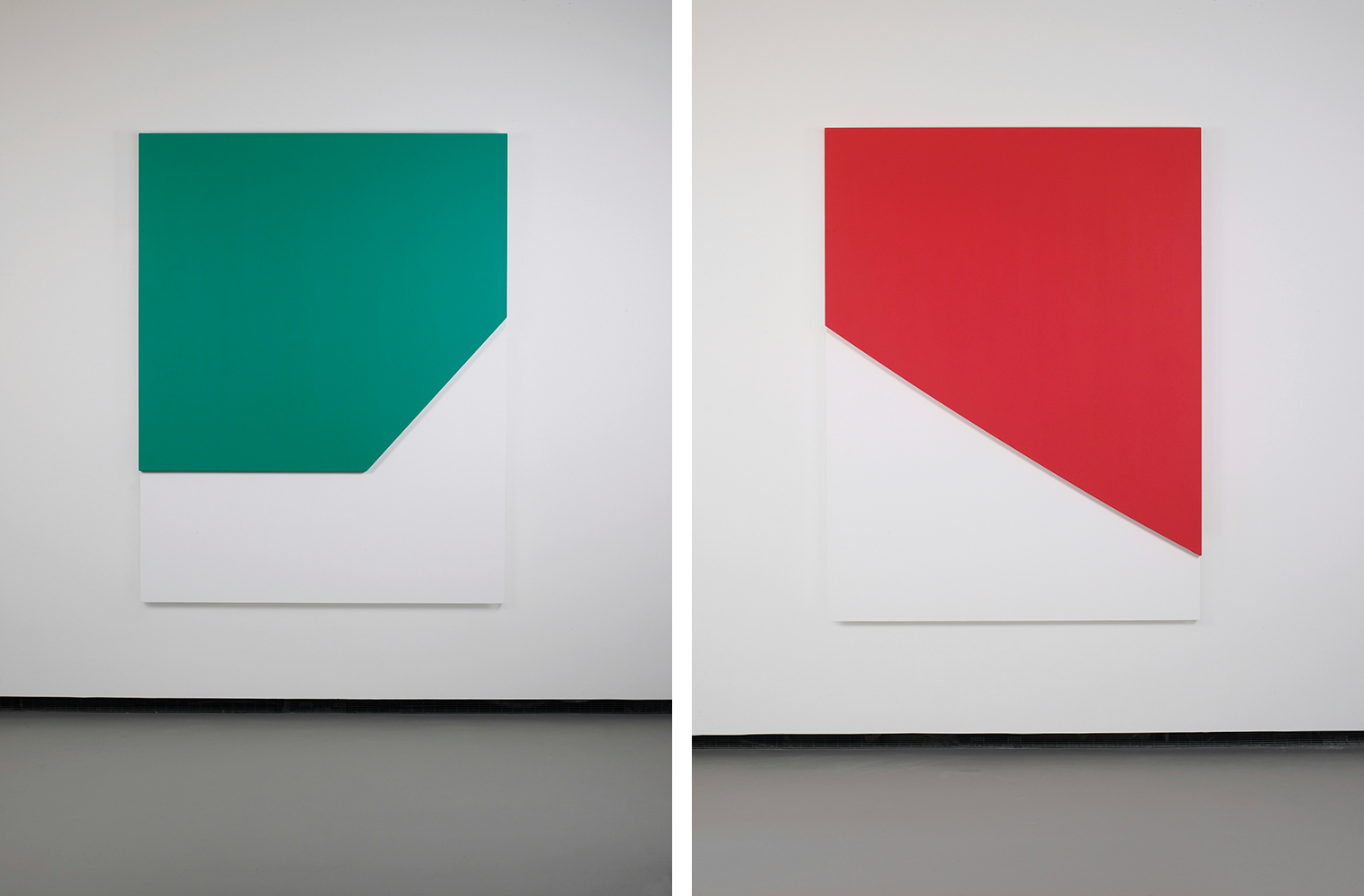
Right: Ellsworth Kelly,Red Curve in Relief, 2009, Oil on canvas, two joined panels 195.6 x 148.6 x 6.7 cm, Fondation Louis Vuitton, Paris, © Ellsworth Kelly Foundation, © Fondation Louis Vuitton / Louis Bourjac
